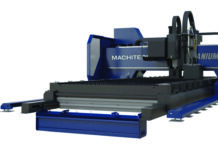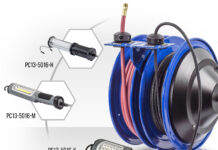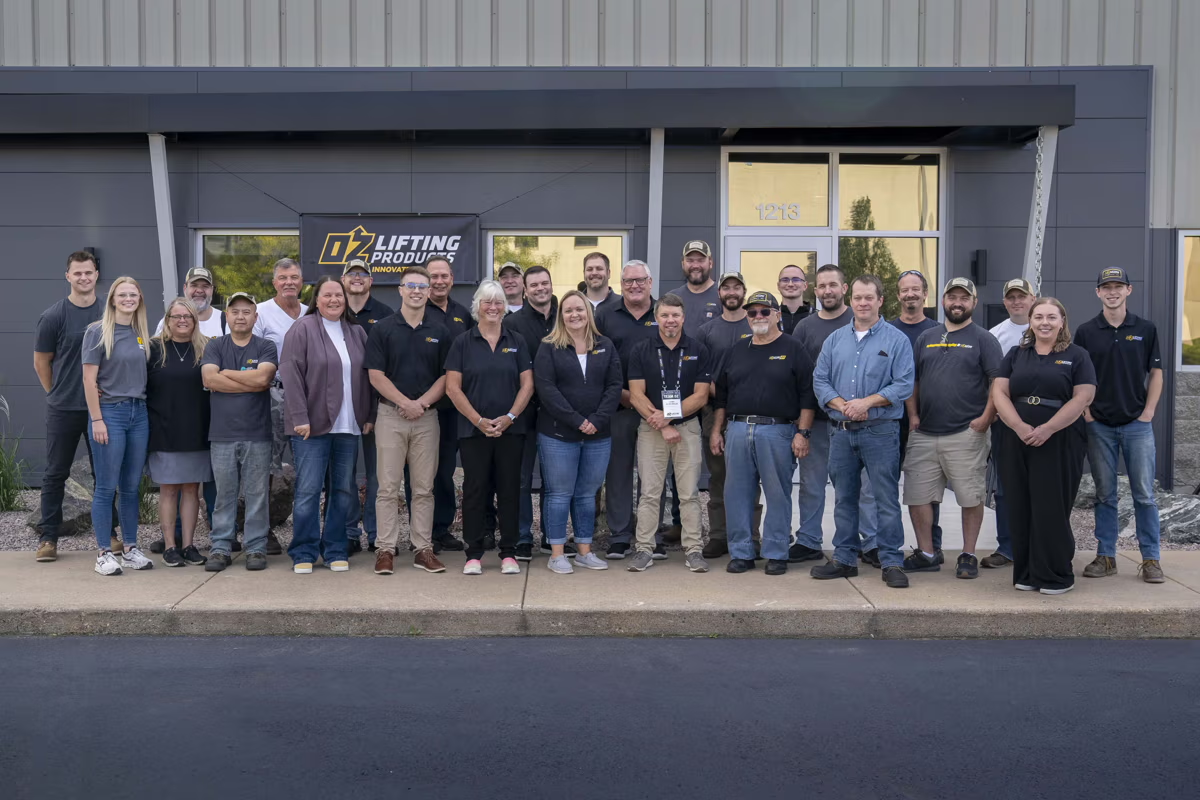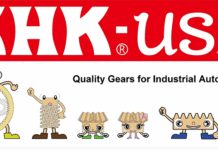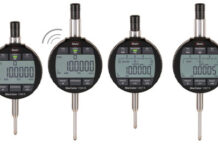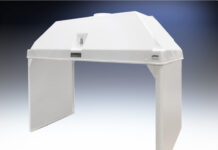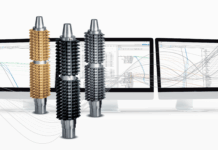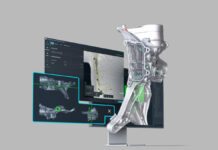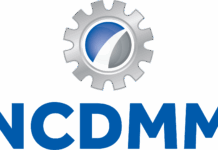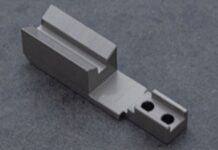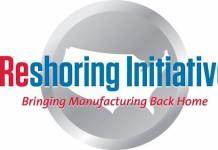California, who sheds some light on the complex world of equipment finance. ” font_container=”tag:p|font_size:20|text_align:center|color:%236c2316|line_height:1.5″ google_fonts=”font_family:PT%20Sans%3Aregular%2Citalic%2C700%2C700italic|font_style:700%20bold%20italic%3A700%3Aitalic”]
Borrowing money to buy new equipment is intimidating. Each dollar of debt is an ongoing reminder of the future’s uncertainty and the past’s tribulations. But growing a business requires taking on risks, and the key to success is managing that risk.
As of August 2015, new equipment purchases are up 6% in the United States over the same time last year. Viewed as a whole, the American economy is making a slow crawl upward out of the doldrums of the past decade. With manufacturing at the forefront of the recovery, many experts agree that now is an excellent time to consider investing in the upgrades which will keep your business competitive in this growing market.
One such expert is David Normandin, the head of commercial lending for the Banc of California. That bank will approve more than 2,600 applications for capital investments in 2015 alone. David has outlined a road map for capital investment that promises to make the process more approachable and easier to understand.
Finding a Lender
The first thing to consider when choosing a lender is finding someone who understands the needs of your business and the nuances of your industry. Equipment lending is considered a specialty field in banking, and your neighborhood financial institution is unlikely to have the expertise required to efficiently guide you through the decision-making process and minimize your risk.
According to Mr. Normandin, there are factors in the lending process that are significantly more important than getting the absolute lowest rate. An expert who fully understands your needs, your tax situation and the nature of the equipment in question can not only save huge amounts of time (leading to greater responsiveness and adaptability) but can also save a great deal of money in the long run.
David places great emphasis on shopping around for the right lender. “It’s important to find someone with whom you can build a long term relationship,” he says. Each state has programs designed to connect buyers and sellers and the financial institutions that support them. You can also consult financial associations such as the Equipment Leasing and Finance Association (ELFA) and the Certified Lease & Finance Professional Organization (CLFP) for help finding equipment finance experts worldwide.
“Just make sure to ask plenty of questions,” David insists. He fields many calls each day from people who are simply looking for information. “Asking questions is the best place to start.”
Gathering Information
Once you have found a banker you want to work with, the next step is to gather all the information required to make an informed decision. For loan amounts up about $300,000, generally all that’s required is a credit application and a few months’ bank statements. What the banker is looking for is a consistent month-to-month account balance in order to make sure that your company has a consistent ability to make payments.
For larger amounts, more complete financial records will be required. In most cases, 2 years of complete financial statements and tax returns will be sufficient. If the business is closely held, personal financial records and tax returns of the holder will likely be required.
At this stage, Mr. Normandin is adamant that it’s up to you as the expert on your business to make the case for yourself to your banker.
Consider putting together a one or two page statement outlining your overall plans for your business and how this new equipment will help you to achieve these goals. Explain the situation that has generated the need for new capital, and exactly how you will make use of this capital. This is where your choice of lender becomes very important – a professional who understands your business will have a better grasp of your reasons and goals and be more likely to see the strengths and weaknesses of your plans. As David puts it, “This is the time to make the sale, to convince your banker that you’re a good investment.”
Managing Risk
One of the most common mistakes that David sees are companies making significant investments in new equipment based on a long shot or circumstantial business plan or contract. Even if that business comes through, it can lead to a dangerous situation known as concentration; in which if one of those pillars were to fall, it could jeopardize the entire company, especially if capital investments were made specifically to support that operation.
In order to avoid concentration, it is important to set reasonable and achievable growth goals. As with the economy as a whole, rapid, unchecked growth is a dangerous situation which can lead to catastrophic collapse. Growth should be regulated to a slow and consistent rate, giving your company plenty of time to adapt to new and changing circumstances while retaining standards of excellence and strong culture. Contracts and relationships should be diverse and widespread in order to avoid the risks associated with concentration.
It’s also important to make sure that you have a plan in place to fully utilize your new equipment. One frequently overlooked challenge is ensuring that you have skilled workers able to use the new machinery to its fullest. This has become more difficult in recent years as the market for manufacturing labor has become more competitive.
Timing
There is no such thing as the perfect time to make an investment. There are simply too many variables – you could waste a lifetime waiting for the perfect opportunity. Making a significant investment requires a certain amount of faith. You must have faith in your understanding of your business and your industry such that you will recognize the opportunities that arise and, most importantly, have the confidence to act on those opportunities.
“There is a lot of opportunity in the market today,” says David Normandin. “Don’t be afraid to look for them and take advantage of them.”
1. Revenues should be 10x the amount financed
A company with $2 million in revenue can afford to finance up to $200,000
2. Company debt should not exceed 4x equity
A company with $1 million in equity can support $4 million in debt
3. Company should have 20% free cash beyond debt service
A company with $120,000 in income should be disbursing no more than $100,000 in payments on debts
About David Normandin:
David has been in commercial finance since graduating college in the mid 90’s. He started his own firm, Envision Capital Group which he operated successfully for 5 years. He began working for the Banc of California in 2012 where he has developed their commercial finance business from the ground up. David also serves on the small ticket steering committee for the Equipment Leasing and Finance Association (ELFA), was the Treasurer and board member of the National Equipment Finance Association (NEFA), and is the former president of the Certified Leasing & Finance Professionals Organization (CLFP).




